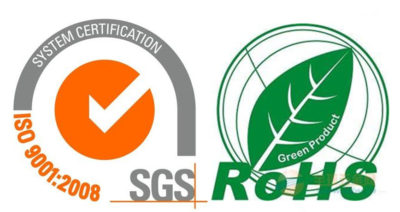Catalyst carriers not only play a role in fixing active components in catalytic reactions, but also affect the dispersion, stability and reaction efficiency of catalysts. Among many carrier materials, alumina has become an important carrier in the fields of petrochemicals, environmental catalysis and fine chemicals due to its low cost, easy preparation, high specific surface area and adjustable surface properties.
Core advantages of alumina as a catalyst carrier
- High specific surface area and porous structure
- High dispersion of active components: γ-Al₂O₃ with high specific surface area can effectively disperse metal nanoparticles, prevent them from agglomerating, and improve catalytic efficiency.
- Controllable pore structure: The pore size distribution can be controlled by the preparation method to optimize the diffusion performance of reactants and products. For example, mesoporous alumina is suitable for macromolecular reactions (such as heavy oil hydrogenation).
- Adjustable surface acidity and alkalinity
- Lewis acid sites : can anchor metal active centers, enhance metal-carrier interactions, and improve catalytic stability.
- Bronsted acid sites : suitable for acid-catalyzed reactions such as petroleum cracking, isomerization, etc.
- Acid-base modification:
o Enhance acidity: introduce F⁻, Cl⁻ or SO₄²⁻ (such as for alkylation reactions).
o Reduce acidity: load alkaline oxides such as K₂O and MgO (such as reducing carbon deposition).
- Excellent thermal stability and mechanical strength
- High temperature resistance: γ-Al₂O₃ can maintain structural stability below 800℃, and its high temperature stability can be further improved by doping La, Ce, etc.
- High mechanical strength: suitable for industrial reactors such as fixed beds and fluidized beds to resist mechanical wear during the reaction process.
- Good chemical stability
- It exhibits high chemical inertness in both oxidizing and reducing atmospheres, and is not easy to react with reactants or products.
- Good compatibility with active metals to form a stable catalytic system.
- Low cost and industrial maturity
- Alumina raw materials are easily available, and the preparation process is mature, suitable for large-scale production.
Industrial application cases
- Petrochemicals:
o Hydrodesulfurization
o Catalytic cracking
- Environmental catalysis:
o Automobile exhaust purification
o VOCs oxidation
- Fine chemicals:
o Aldehyde hydrogenation
The core advantage of alumina as a catalyst carrier lies in its comprehensive balance of high specific surface area, adjustable acidity and alkalinity, thermal stability, and chemical inertness. In the future, the performance of catalyst carriers will be further optimized to meet more demanding catalytic needs.

